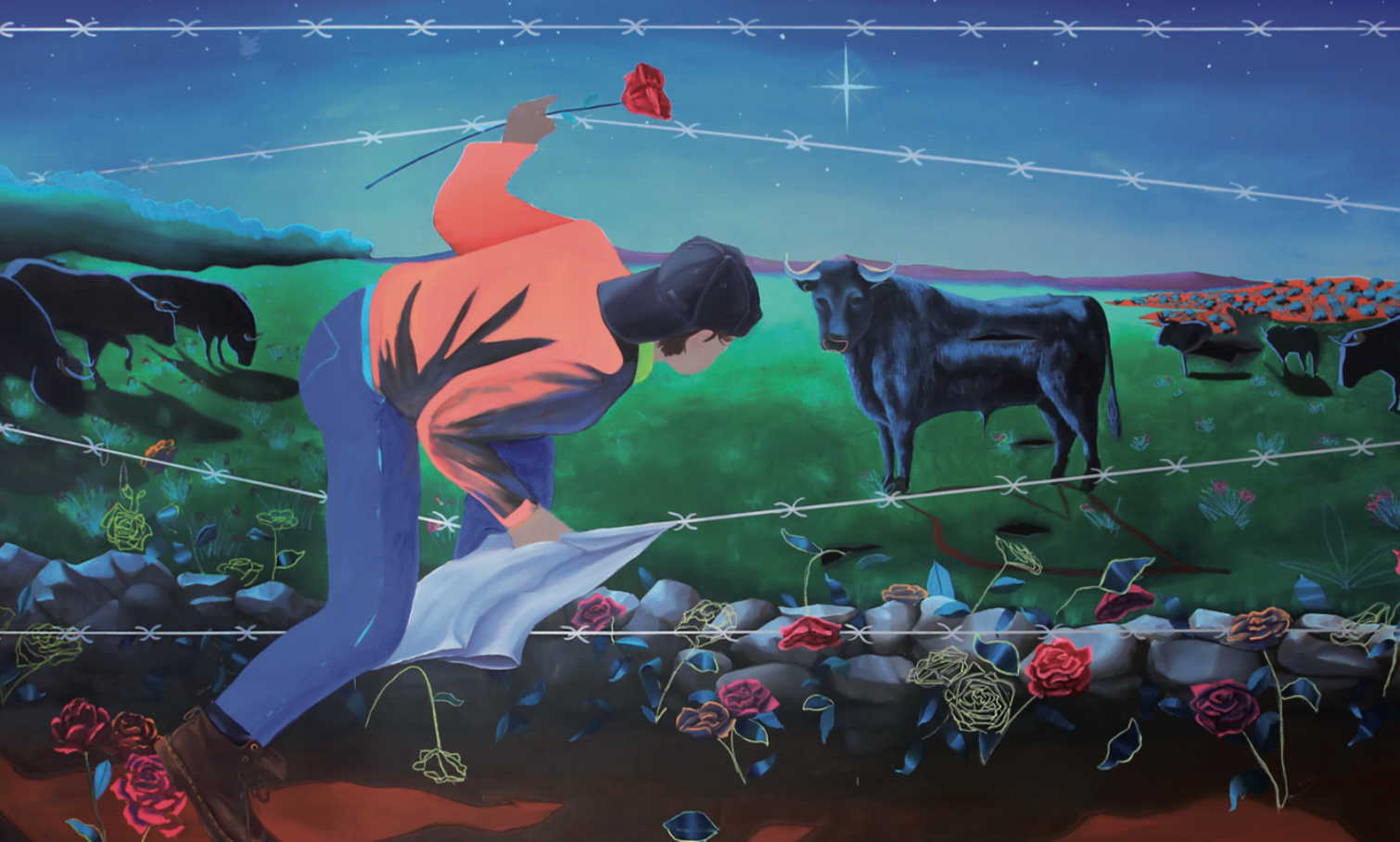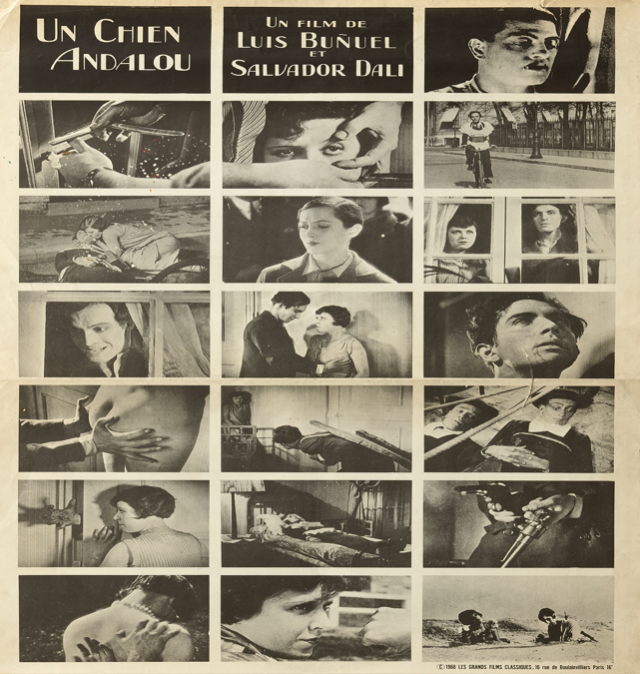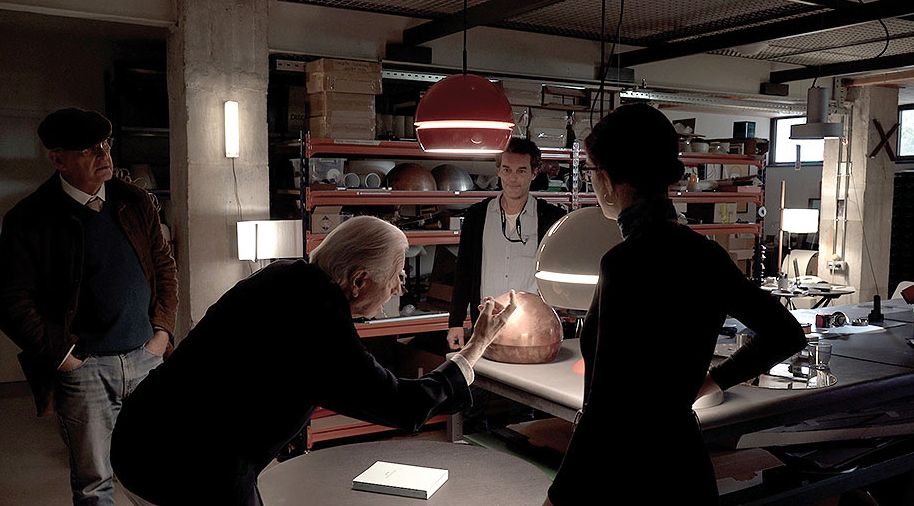Opinion
Being a Cowboy

The artist of Mexican origin Ana Segovia was not satisfied with the role that his female body dictated to him and from his childhood he dreamed of being a cowboy, this cowboy-cha-rro, of so similar liturgy, he says, to the killing bullfigther . She was attracted to the stereotypes of the Mexican male, but at the same time, she was repelled by the violence of her sociocultural derivatives. How to reconcile the desire to be a cowboy with feminist practice? After studying painting in Chicago, he returned to his home country in 2019.
The practice of Ana Segovia (Mexico City, 1991) moves in many directions. He has experimented with sculpture and video, but painting is his favorite medium, as it allows him to reinterpret the history of painting from other media such as cinema.
"Few know," he says, "that modernist cinema in Mexico began with Pancho Villa." The Americans wanted to document the Revolution and Pancho Villa saw that in the films the revolutionaries came out without uniforms, so in exchange for weapons and uniforms, he even went so far as to recreate battles, that is, a war cinema. My great-grandfather was one of the pioneers of Mexican sound cinema and this has influenced my painting, to reinterpret the history of painting from other media, to save the paradox of the moving image of cinema and the static image of the painting."
The construction of the identity of revolutionary Mexico was linked to the idealization of the male. Someone strong, who works the land, who does not show his feelings. A stereotype that continued to be transmitted unconsciously through cultural manifestations, despite the industrialization of the country. While Ana personally absorbed her masculinity, she came into conflict with her own idea of feminism and queer theory. Then began self-therapy by drawing the figures of masculinity in order to understand the systems of representation of an identity versus that of a dissident individuality. And he realized that he could use a space of empathy for the oppressor to succeed in changing these stereotypes. Satire and demystification, but also tenderness.
When he portrays these figures, he tries to leave the faces as ambiguous as he can to allude to the fact that what we see is the representation of an idea. “I have a special tenderness for men who suffer within patriarchy. As a trans person, trying to replicate these cycles of self-violence is terrible, it is an impossible standard. I always tell them: don't hurt yourself, love yourself a little. ”
Apart from Ana Segovia, there are other mexa artists who work with the traditional notions of Mexicanness and its relationship with the feminine-masculine. Bárbara Sánchez Kane, through her fashion design brand, questions hegemonic masculinity: the construction of gender under the figure of the sentimental male. Another example and the academic reference in Mexico on feminist and queer theories is the doctor in art history and communication studies Susana Vargas, who navigates between cultures and methodologies that unite Latin America and North America with Anglo-Saxon theories of gender and sex, intertwining transnational feminisms, critical race theories, postcolonial theories, queer and trans theories in relation to media and visual culture. Or the artist Paloma Contreras, who through drawing, sculpture, performances, writing and multimedia installation addresses issues of gender, violence and postcolonialism using the landscape as a witness to his videos. Ana Segovia in September will collaborate with ManaDragKing - a group of dragkings in Mexico City - for her solo exhibition at Karen Uber.
Image: Ana Segovia. Huapango Torero, 2020. Oil on canvas, 233x510 cm. Photo: Odette Peralta.








